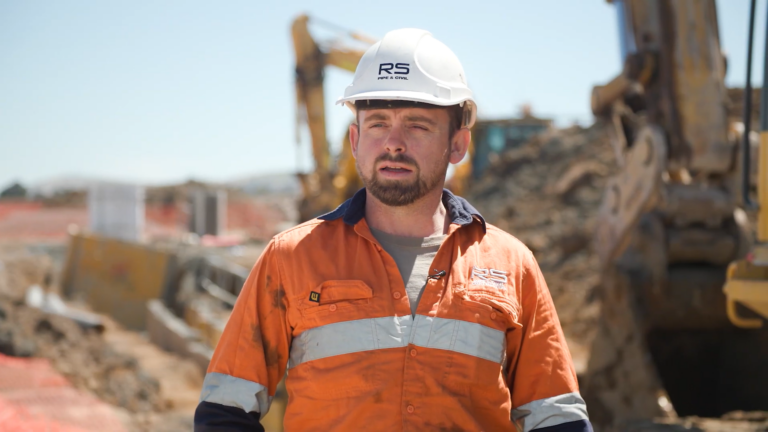

27 September 2018 – Infrastructure Australia has released its latest Infrastructure Priority List – the authoritative list of nationally significant investments Australia needs over the next 15 years – with two projects receiving a tick of approval from the nation’s independent infrastructure advisor.
In statements released last week Infrastructure Australia named the Gawler Rail Line Electrification and Modernisation Project in South Australia and Victoria’s Ballarat Rail Line Upgrade as Priority Projects.
According to Infrastructure Australia, the Ballarat line is an important regional public transport link for Melbourne’s outer west, providing access between the Melbourne CBD and growing population centres such as Melton, Bacchus Marsh and Ballarat.
Infrastructure Australia Acting Chief Executive Anna Chau, said the proposed Ballarat Rail Line Upgrade project aims to increase capacity on the line by duplicating tracks, adding passing loops and upgrading stations.
“Strong population growth in Melbourne’s outer west is driving increased demand for public transport, with the Ballarat Line already at capacity during peak times, causing passenger crowding and affecting the reliability of services,” said Ms Chau.
“Melton, Moorabool and Ballarat have experienced strong population growth over the past five years, and this has driven demand for peak hour services from these areas to the CBD. V/Line reported that the number of rail trips on the Ballarat Line grew from approximately 1.5 million in 2005/06 to 3.4 million in 2014/15—an annual growth rate of 9.5 per cent. The constrained track configuration on this line makes it difficult to run services to schedule or provide more services, while punctuality on the Ballarat Line has fallen from pre-2015 levels of near 95 per cent to around 85 per cent in 2018. Infrastructure Australia is confident that the proposed upgrade would allow additional services to run on the Ballarat Line, providing passengers with more reliable and less crowded trips. It would also reduce congestion on the road network by encouraging some travellers to use public transport instead of driving,” Ms Chau said.
Speaking on the South Australian Government’s plan to modernise the Gawler rail line – one of Adelaide’s busiest passenger rail routes – by electrifying the line, replacing the diesel fleet with electric train cars, replacing signalling equipment and systems and upgrading 20 stations on the line, Ms Chau said the proposed upgrades would improve journey times for commuters and enable more train services between the CBD and Adelaide’s fast-growing northern suburbs.
“The majority of the population growth projected for Greater Metropolitan Adelaide to 2061 will occur in Adelaide’s northern suburbs along the Gawler rail line, which is also a critical link between the CBD and regional centres of Mawson Lakes, Salisbury, Elizabeth and Gawler. The 2015 Australian Infrastructure Audit found that due to ongoing population growth in northern Adelaide, the number of commuters travelling on the Gawler line would almost double by 2031—meaning the rail line could reach capacity within five to ten years.
“The current diesel fleet limits opportunities to increase train frequencies or improve performance, which is why we consider modernising the Gawler rail line to be an issue of national significance that should be addressed in the near-term. The proposed upgrades to the Gawler rail line will also support the South Australian Government’s 30-Year “Living Adelaide” plan, which aims to increase residential densities in key locations such as those adjacent to the Gawler rail line. By providing convenient and efficient access to jobs and services, the project could help deliver a more sustainable increase in residential densities along the corridor,” Ms Chau said.
